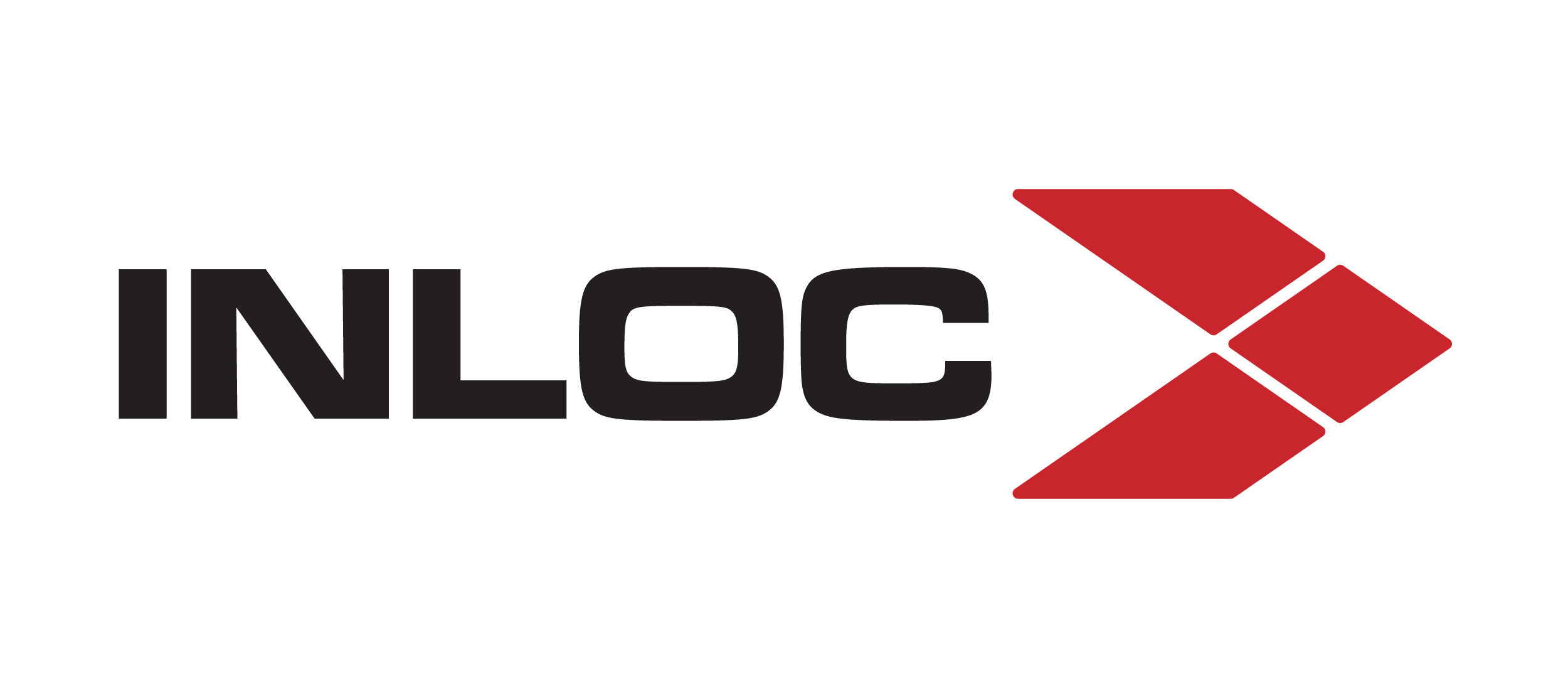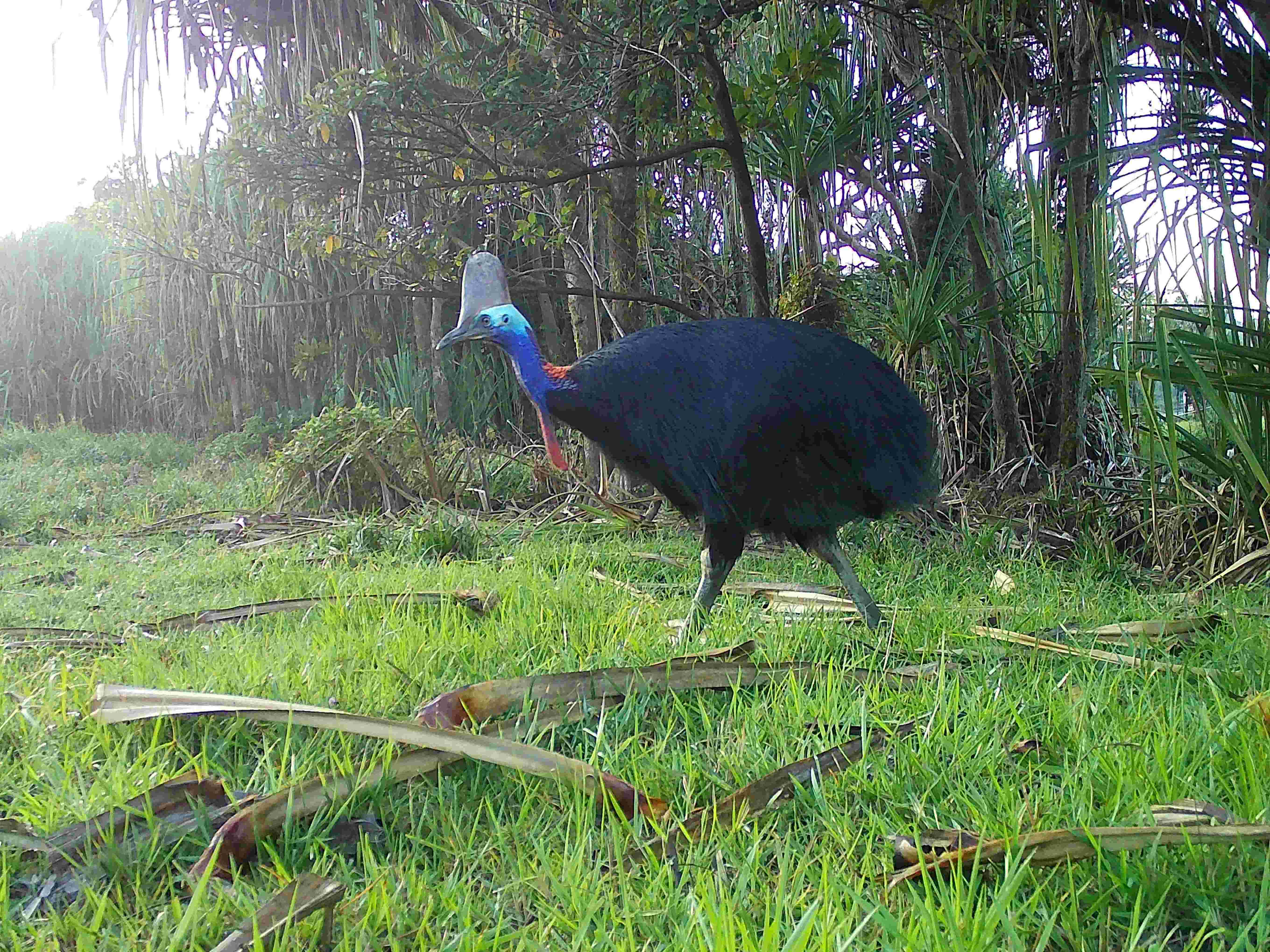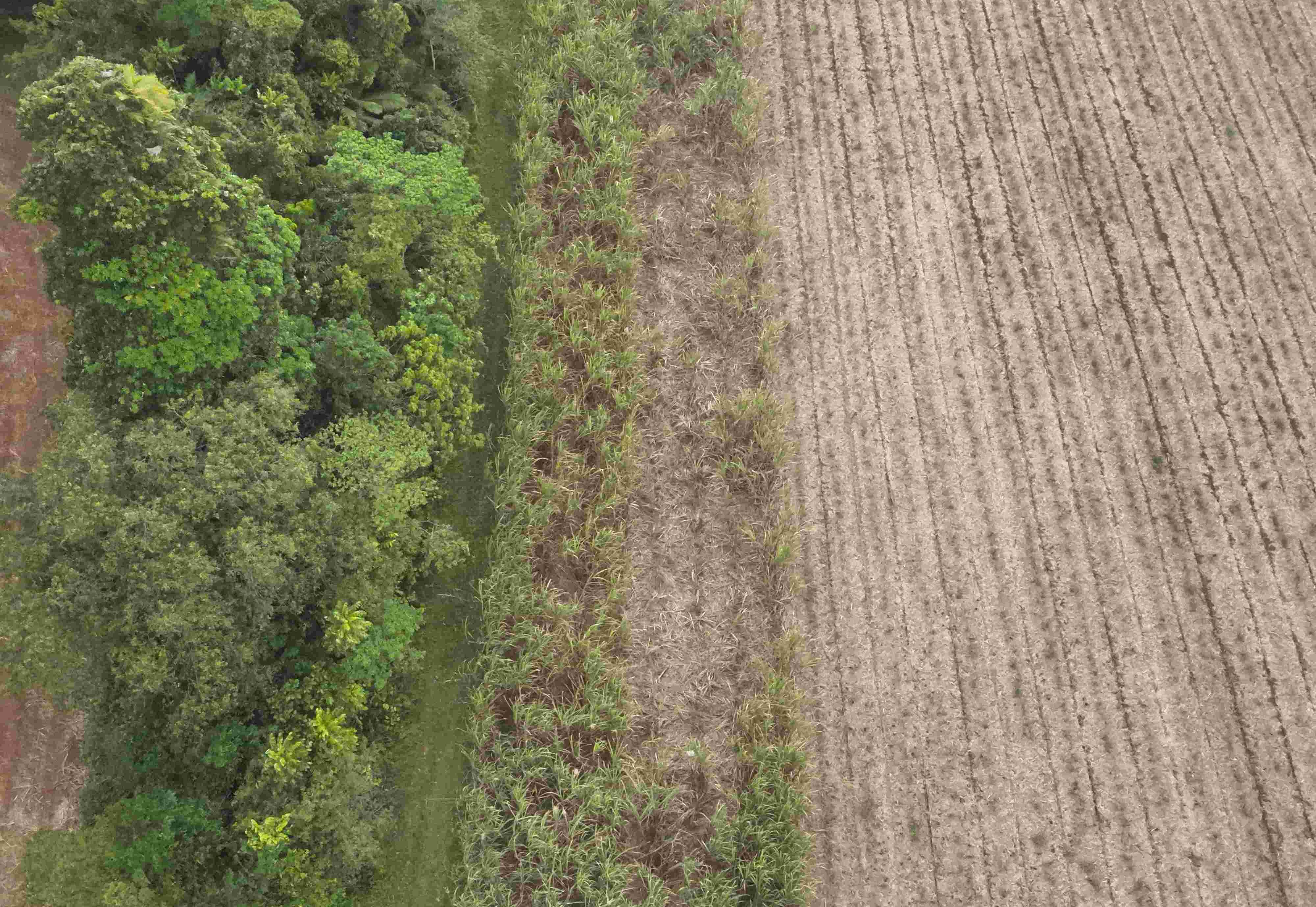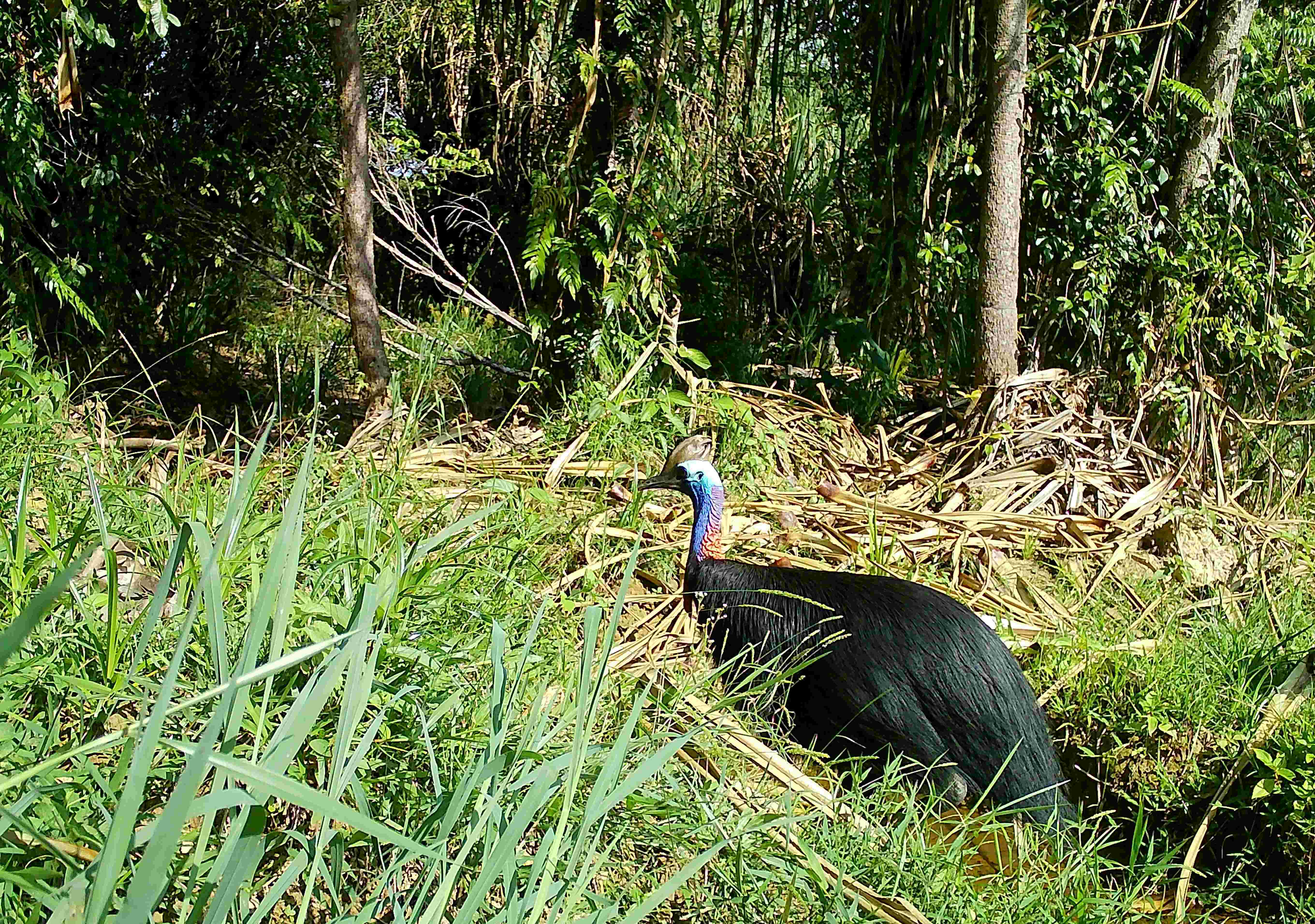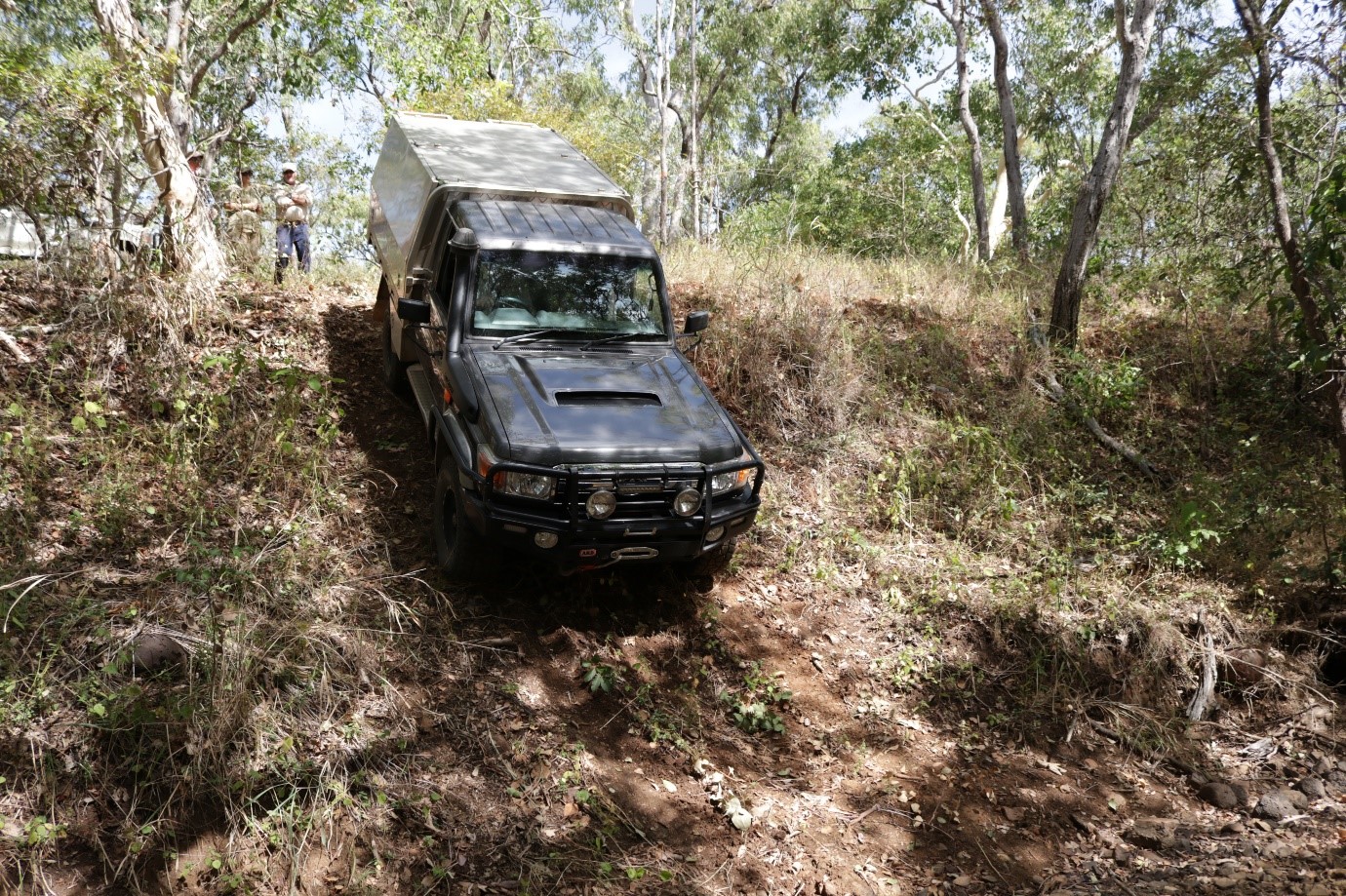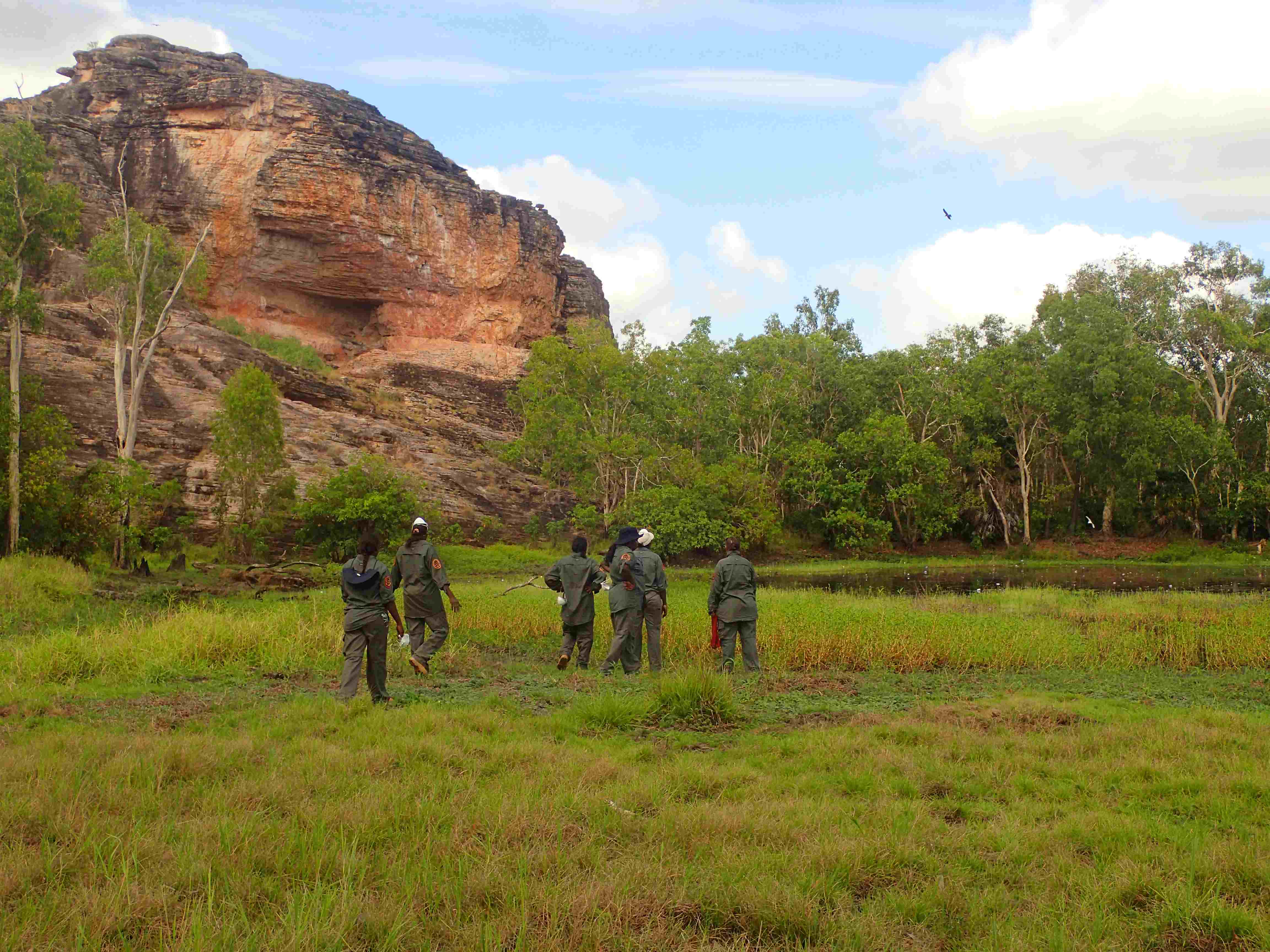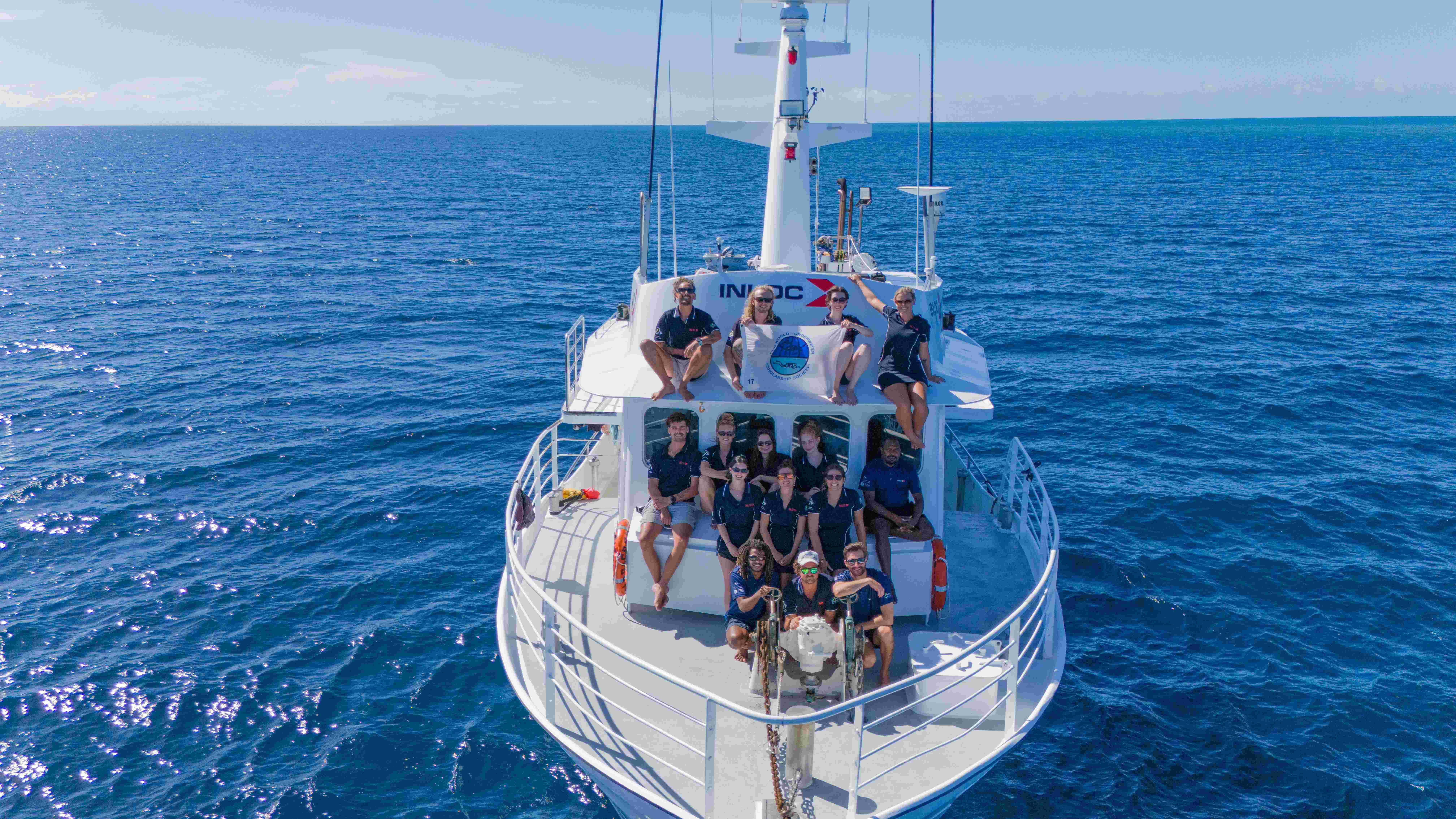Australia’s natural landscapes and ecosystems are world-renowned for their beauty and biodiversity, but they are under constant threat from invasive species, including feral pigs. With an estimated 13.5 million feral pigs roaming the nation, these animals wreak havoc on agriculture, native wildlife, and critical habitats. The National Feral Pig Action Plan (NFPAP) 2021-2031 is a decade-long strategy aimed at controlling this pervasive problem through a coordinated, humane, and sustainable approach.
INLOC works with Indigenous communities, landholders, and conservation agencies to safeguard Australia’s unique ecosystems and biodiversity. Through training, technology, and traditional knowledge, INLOC helps manage feral pig populations, prevent biodiversity loss, and reduce agricultural damage.
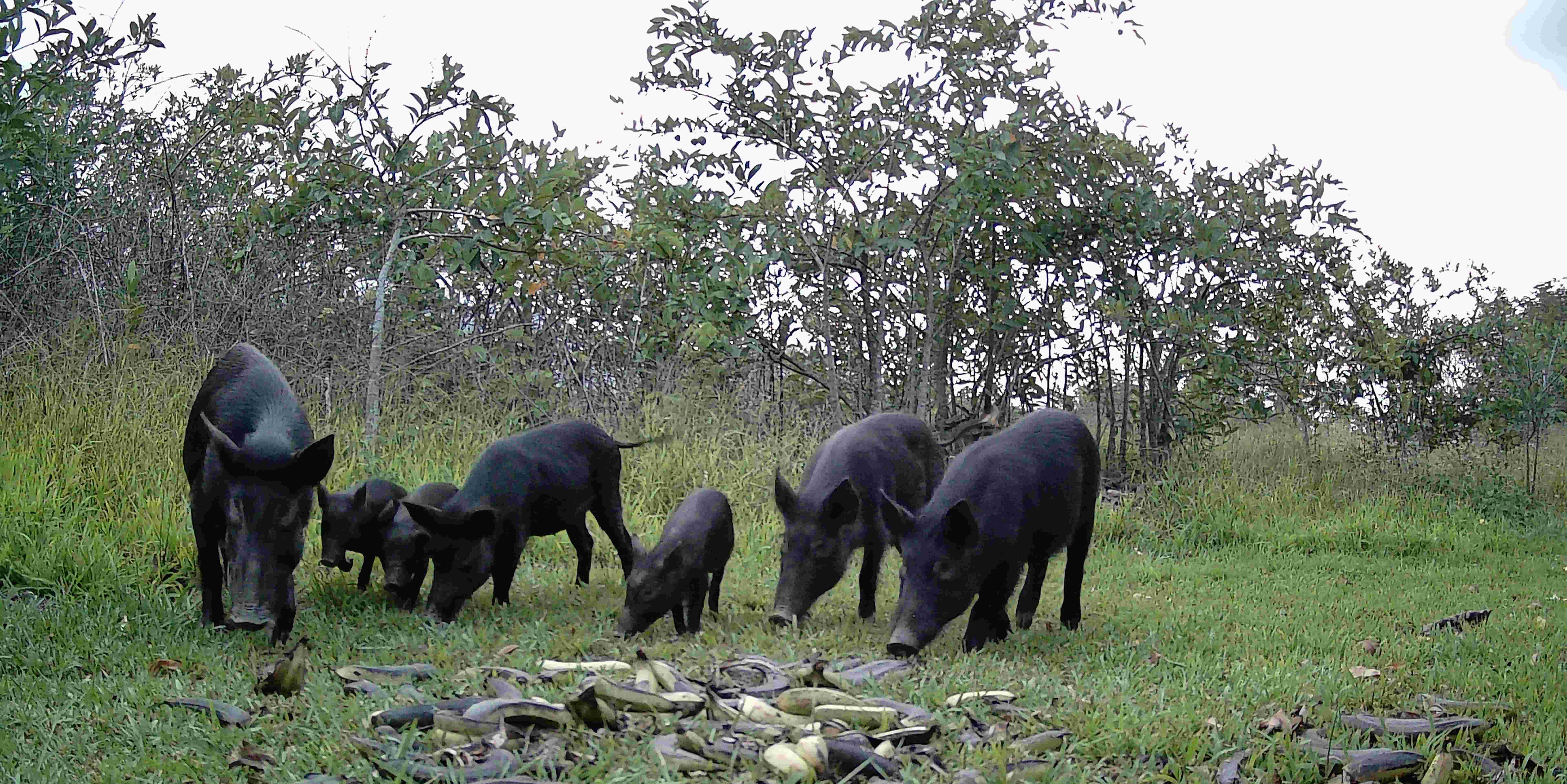
Understanding the National Feral Pig Action Plan (NFPAP)
The NFPAP was developed to create a unified framework for controlling feral pigs across Australia. It focuses on three core goals:
- Population Control: Reducing feral pig numbers using humane and sustainable methods.
- Biodiversity and Agriculture Protection: Safeguarding vulnerable ecosystems and agricultural operations, especially in remote areas.
- Community Empowerment: Equipping land managers and local communities with resources and strategies for effective pest control.
This strategy is critical because feral pigs are not just an inconvenience—they are a severe economic and ecological threat. Each year, they cause approximately $100 million in agricultural losses. However, their impact extends beyond economics to include:
- Destruction of crops, pastures, and habitats.
- Soil destabilisation, which leads to erosion and degraded ecosystems.
- Predation of native species, particularly ground-nesting birds, reptiles, and amphibians.
- Disease transmission risks, including African swine fever and foot-and-mouth disease.
Why Is Feral Pig Management Essential?
Feral pigs are often referred to as “living bulldozers.” Their foraging behaviour involves rooting through soil and vegetation in search of food, leaving destruction in their path. This behaviour threatens 148 native species and eight ecological communities. Without intervention, their population can grow rapidly, with each female capable of birthing multiple litters per year.
To prevent further damage, controlling at least 70% of the feral pig population annually is essential. This requires a coordinated effort, access to remote areas, and a range of management techniques that balance effectiveness with humane practices.
How INLOC Supports Feral Pig Management Efforts
INLOC plays a key role in implementing the NFPAP, focusing on three major areas: community engagement, technology integration, and collaborative conservation.
1. Empowering Communities Through Ranger Training
INLOC’s Ranger Program equips Indigenous and local communities with the tools to manage feral pig populations. Rangers receive hands-on training in humane control methods, such as:
- Trapping: Setting baited enclosures to capture pigs.
- Baiting: Safely deploying baits to minimise risks to other wildlife.
- Habitat Restoration: Restoring damaged ecosystems after pig removal.
By empowering rangers to take control of local pest management efforts, INLOC fosters self-reliance and builds long-term community capacity.
2. Deploying Advanced Technology
Innovative tools are transforming how feral pig populations are tracked and managed. INLOC leverages:
- Monitoring pig movements to understand migration patterns and identify critical habitats.
- Using drones to assess population densities and target high-impact areas.
These technologies enable precise, data-driven strategies that maximise the efficiency of control efforts.
3. Collaborative Conservation Programs
Collaboration is vital to the success of pest management initiatives. INLOC partners with government bodies, landholders, and conservation organisations to develop integrated programs that combine traditional ecological knowledge with modern science. These partnerships ensure that local expertise guides sustainable pest control efforts, fostering both ecological and cultural resilience.
Success Stories: Positive Outcomes in Action
Western Cape Turtle Protection Initiative
In Cape York, feral pigs were decimating marine turtle nests, preying on up to 90% of eggs. With funding and collaboration from Indigenous ranger groups, the predation rate was reduced to just 12%, giving these endangered species a fighting chance.
Floodplain Restoration in Arnhem Land
Feral pigs were damaging wetlands and threatening native wildlife. Through ranger-led programs, INLOC helped restore balance by reducing pig populations and re-establishing vegetation.
Challenges in Managing Feral Pigs
Despite these successes, managing feral pig populations is an ongoing challenge. Feral pigs are highly adaptable, and their populations fluctuate with seasonal changes in food availability and environmental conditions. Key obstacles include:
- Access to remote regions: Many affected areas are difficult to reach, limiting the ability to implement control measures consistently.
- Population rebound: Without sustained efforts, populations can quickly rebound. Maintaining high control rates annually is crucial.
- Humane control: It is essential to balance effectiveness with animal welfare, ensuring that methods used are both ethical and targeted.
By addressing these challenges through research, training, and partnerships, INLOC and other stakeholders are working towards more effective long-term solutions.
Looking Ahead: Future Goals
Despite these successes, managing feral pig populations is an ongoing challenge. Feral pigs are highly adaptable, and their populations fluctuate with seasonal changes in food availability and environmental conditions. Key obstacles include:
- Access to remote regions: Many affected areas are difficult to reach, limiting the ability to implement control measures consistently.
- Population rebound: Without sustained efforts, populations can quickly rebound. Maintaining high control rates annually is crucial.
- Humane control: It is essential to balance effectiveness with animal welfare, ensuring that methods used are both ethical and targeted.
By addressing these challenges through research, training, and partnerships, INLOC and other stakeholders are working towards more effective long-term solutions.
A Collective Effort for a Sustainable Future
The National Feral Pig Action Plan (2021-2031) represents a united effort to tackle one of Australia’s most pressing environmental threats. Through the leadership of organisations like INLOC, communities across the country are gaining the skills, tools, and partnerships needed to protect their land and heritage.
By working together, we can ensure a future where Australia’s ecosystems remain vibrant and resilient, free from the destructive impact of feral pigs.
